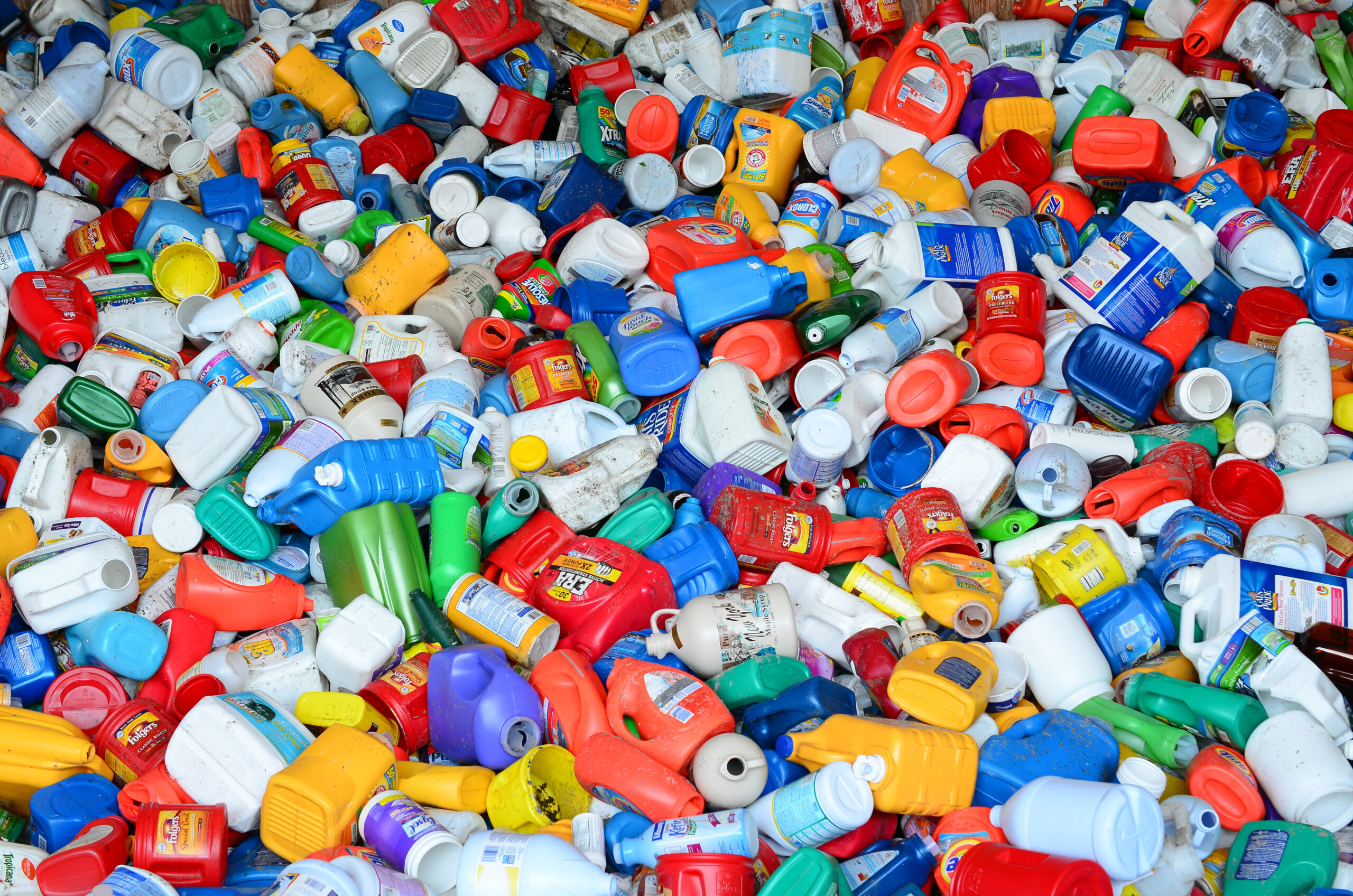
Issue Brief
Chemical Recycling
Overview
Chemical recycling refers to the processes and technologies that break down post-consumer plastic with some combination of heat, pressure, catalysts, and/or solvents to turn it into either fuel or new plastic products.
The Issues With Chemical Recycling
Unproven Technology
Few projects are operational and claims are largely inflated.
Not Climate-Friendly
Processing in a pyrolysis facility emits three tons of CO2 for every one ton of plastic.
Toxic Hazard
The process releases toxins (CO, CO2, and NOx) into the environment as air emissions and residues.
Types of Chemical Recycling
Plastic-to-Fuel
The action of heating plastic waste to convert it into fuel.
- Toxic Hazard: Releases toxins as emissions in a similar way to waste incineration
- Climate Implications: Emits CO2 in both the production and burning of plastic-derived fuels.
- High costs and low returns: Plastic-to-fuel processing has a track record of major failures and lost more than $2 billion as of 2017.
Compostable Bio-Based Plastic
Plastics that are biodegradable and compostable must be broken down with a special process at a commercial or industrial composting facility.
- Toxic Hazard: These types of plastics have similar levels of toxicity to conventional plastics.
- Climate Implications: Bio-based plastics produce more GHG emissions than fossil-based plastic and wide-scale adoption could require 5% of all arable land to cultivate the crops necessary to make the materials.
- Low Effectiveness: Compotostal bio-based plastic is often mismanaged, contaminating plastic recycling streams and ending up incinerated or landfilled where it could take up to a year to degrade.
Downcycling
The process of converting plastic waste into new products and materials such as “plastic-to-road” or “plastic-to-brick.”
- Toxic hazard: Hazardous chemicals can leach when downcycled materials are exposed to heat, UV rays, or water.
- Climate Implications: Downcycling turns plastic waste into materials with lower quality or value; products become no longer recyclable.
- Other Hazards: Plastic-based construction materials are significant fire hazards.
Incineration
The process of placing plastic waste into a combustion chamber to be burned. The heat released from burning converts water to steam, which is then sent to a turbine generator to produce electricity.
- Toxic Hazard: Incinerating plastic emits toxins including cancer-causing, endocrine-and immune-disrupting chemicals and heavy metals including mercury, cadmium, and lead.
- Climate Implications: Burning one ton of plastic emits nearly 3 tons of CO2, compared to 2.1 tons of CO2 for one ton of coal.
- Higher Costs: Incineration is more expensive than landfilling; aging incinerators require significant additional public funds for upgrades
- Socio-economic and racial injustice: Incineration facilities are disproportionately sited in low-income and marginalized communities.
Solutions for Chemical Recycling
Limit Chemical Recycling Infrastructure
States can ban or limit expansions of chemical recycling technologies and the construction of associated facilities.
- Maryland’s H.B.21 alters the definition of recycling to exclude certain chemical conversion processes and prohibits the construction of facilities that convert plastic to fuel.
Address Plastic Pollution and Production
States can reduce the incentive for chemical recycling by implementing policies that limit the production of plastics and the associated waste.
- California’s A.B. 1276 prohibits restaurants from providing single-use plastic service ware to consumers unless requested.
- New York’s A5082 prohibits hotels from providing hotel guests small plastic bottles containing hospitality personal care products.
Support Recycling
Improving traditional recycling systems is a cleaner and cheaper way to address plastic pollution.
- Vermont’s H175 amends the state’s current bottle bill to include non-carbonated beverage containers. The bill also includes a provision that would increase the deposit value on all nonalcoholic beverage containers from 5 cents to 10 cents.
- Connecticut’s S.B.928 is meant to encourage the development of a market for recycled materials.

Empower State Environmental Champions
Your donation funds the fight for equitable actions that protect the environment and our health.
Donate